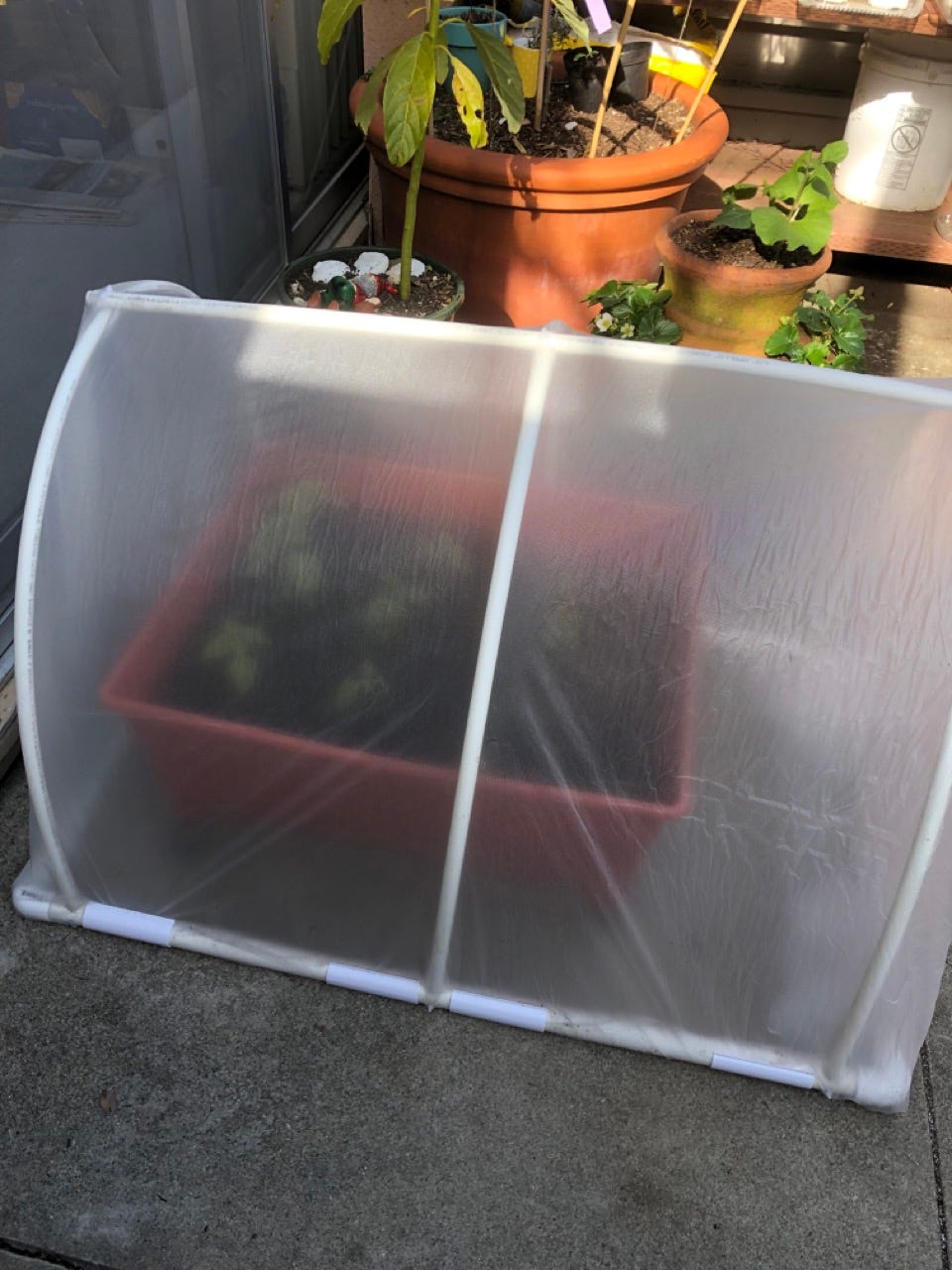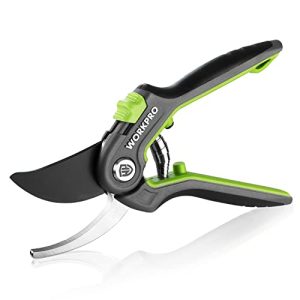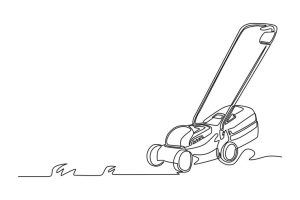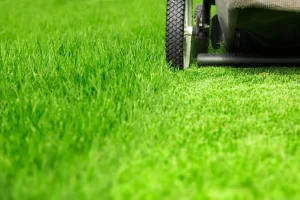Imagine stepping into your backyard and being greeted by a thriving greenhouse, a sanctuary bursting with life. You can grow your favorite plants and vegetables year-round, regardless of the weather.
But to create this oasis, there’s one crucial task that needs your attention: securely attaching plastic to your greenhouse. This is where it all begins, the foundation of your horticultural dream. You’re probably wondering how best to tackle this task without the stress and hassle.
You might be worried about potential pitfalls, like tears in the plastic or wind damage. But don’t worry. You’ll discover simple, effective strategies to ensure your greenhouse plastic is firmly in place, safeguarding your plants and maximizing their growth potential. Stay tuned, because mastering this essential skill will transform your gardening experience, making it more rewarding and enjoyable. Let’s dive into the details, and you’ll soon have the confidence to turn your greenhouse vision into reality.
Choosing The Right Plastic
Select durable plastic for your greenhouse. Secure it using clips or frame supports. Prevent tears by handling gently.
Choosing the right plastic for your greenhouse is more crucial than you might think. It affects not only the durability but also the effectiveness of your greenhouse. The right choice can mean the difference between a thriving garden and one that struggles.Types Of Greenhouse Plastics
There are several types of plastics to consider for your greenhouse. Polyethylene film is the most popular choice due to its affordability and flexibility. It’s a great option if you are just starting out or on a budget. Polycarbonate panels offer a sturdier alternative. They provide excellent insulation and can last for many years, making them ideal for long-term projects. Acrylic sheets also offer durability and excellent light transmission. However, they can be more expensive, so they may not be suitable for those looking to keep costs down.Thickness And Durability
The thickness of the plastic you choose will directly impact its durability. For polyethylene film, a thickness of 6 mil is commonly used, providing a good balance between cost and longevity. Thicker films will last longer, but they can be more challenging to handle. Polycarbonate panels come in various thicknesses, usually ranging from 4mm to 10mm. Thicker panels offer better insulation but can also be heavier, requiring a sturdier frame. Consider how long you want the plastic to last and how much maintenance you’re willing to do. Investing in thicker, more durable materials might save you effort and money in the long run. Have you ever used a plastic that didn’t stand the test of time? Reflecting on past experiences can guide your choice and save future headaches.Preparing The Greenhouse Frame
Ensure the greenhouse frame is sturdy and clean. Secure the plastic using clamps or clips. Stretch it tightly to prevent wrinkles and improve durability.
Preparing the greenhouse frame is a crucial step in ensuring that the plastic is securely attached and your greenhouse is ready to nurture plants. A strong and clean frame provides the foundation for the plastic to adhere properly, maintaining the right environment inside. This process involves cleaning, repairing, measuring, and cutting, each of which plays an essential role in preparing the greenhouse frame effectively.Cleaning And Repairing The Frame
Before you begin attaching plastic, inspect the greenhouse frame thoroughly. Look for any dirt, debris, or signs of wear that might compromise the plastic’s attachment. Cleaning the frame involves removing accumulated dirt and rust. A clean frame ensures that the plastic can be attached smoothly without any obstacles. Use a gentle cleaning solution to scrub away grime and a wire brush to tackle rust spots. Repairing the frame is equally important. Check for any damage or weak spots that might affect stability. Tighten any loose bolts and replace broken parts. A well-maintained frame extends the longevity of your greenhouse and reduces the risk of structural failure.Measuring And Cutting
Accurate measurements are key to ensuring the plastic fits perfectly over your greenhouse frame. Start by measuring each section of the frame, noting dimensions carefully. Use these measurements to cut the plastic sheets precisely. Cutting the plastic to the right size prevents wastage and ensures a snug fit. Sharp scissors or a utility knife are ideal tools for clean cuts, helping to maintain the integrity of the plastic. Consider whether your greenhouse design requires overlapping sections of plastic. If so, adjust your measurements accordingly to accommodate overlaps. This ensures a seamless cover that protects your plants from the elements. Are you ready to transform your greenhouse into a thriving plant haven? Careful preparation of the frame is the first step toward achieving this goal.Securing Plastic Sheets
Attaching plastic to a greenhouse involves securing it tightly using clips or staples. Ensure the plastic is stretched evenly across the frame. This helps maintain a stable temperature inside.
Securing Plastic Sheets When it comes to constructing a greenhouse, securing the plastic sheets is a crucial step that ensures longevity and effectiveness. A well-secured plastic sheet can withstand harsh weather conditions and maintain the optimal environment for your plants. Whether you’re a seasoned gardener or a beginner, understanding the best techniques for securing plastic can make a significant difference.Using Fasteners And Clips
Fasteners and clips are among the most reliable tools for attaching plastic to a greenhouse frame. They provide a secure hold without damaging the plastic. For example, spring wire fasteners are popular because they are easy to install and remove. Simply fit the plastic over the frame and use the fasteners to keep it in place. Clips, on the other hand, are excellent for quick adjustments and can be reused as needed. Always ensure that your fasteners and clips are made from materials that can withstand weather changes. This prevents rusting and ensures a tight fit throughout the seasons.Avoiding Common Mistakes
Many beginners make the mistake of pulling the plastic too tightly, which can lead to tearing. Leave a bit of slack to allow for expansion and contraction due to temperature changes. Another common error is using nails or staples directly on the plastic. This can cause holes and weaken the structure. Instead, use a batten strip or a similar method to distribute pressure evenly. Are you checking for air gaps? These tiny openings can drastically reduce the effectiveness of your greenhouse. Make sure to carefully inspect and secure the edges to avoid this common oversight.
Credit: www.facebook.com
Weatherproofing Techniques
Weatherproofing your greenhouse is crucial for maintaining optimal conditions inside. Proper techniques ensure durability and longevity against various weather conditions. Let’s explore effective methods to seal and protect your greenhouse from external elements.
Sealing Edges And Gaps
Edges and gaps can let in unwanted air and moisture. Use weather-resistant tape or silicone sealant. These materials create a tight seal, reducing drafts and leaks. Check corners and joints for any small openings. Apply sealant generously for maximum coverage. Regularly inspect these areas for any wear or damage.
Preventing Wind Damage
Strong winds can damage your greenhouse structure. Secure the plastic with robust clips or batten strips. Ensure the plastic is taut and not sagging. Install windbreaks like hedges or fences around the greenhouse. These barriers reduce wind speed and protect the structure. Regularly check the clips and replace any that are worn out.
Maintenance And Longevity
Attaching plastic to a greenhouse requires precision for durability. Secure it with wiggle wire or clips to withstand strong winds. Regular checks ensure the plastic stays tight and effective, enhancing the greenhouse’s longevity.
Attaching plastic to a greenhouse is only the beginning of ensuring its functionality and longevity. Regular maintenance is key to preserving the integrity of your greenhouse and maximizing its lifespan. You can enjoy a thriving garden inside by taking proactive steps to care for the plastic covering. This involves periodic inspections and timely replacements of damaged sections, which can prevent minor issues from escalating into costly repairs.Regular Inspections
Regular inspections are crucial for maintaining your greenhouse’s health. Set aside time each month to walk around and examine the plastic cover for any signs of wear and tear. Look out for small holes, tears, or areas where the plastic might be sagging. A stitch in time saves nine—addressing these minor issues early can prevent larger problems down the road. Consider keeping a checklist. Are the edges sealed properly? Is the plastic taut and evenly stretched? These simple checks can help you catch problems before they become serious.Replacing Damaged Sections
Sometimes, despite your best efforts, plastic sections become damaged and need replacement. Acting promptly is essential to maintain your greenhouse’s protective barrier. Keep spare plastic on hand. This readiness can be a lifesaver during unexpected weather changes, like strong winds or hail. Replacing damaged sections doesn’t have to be a hassle. With a few tools and some patience, you can swap out old for new, ensuring your greenhouse remains a nurturing environment for your plants. Have you ever tried patching up a damaged section yourself? What strategies worked for you? Sharing your tips could help others who face similar challenges.
Credit: medium.com

Credit: bergamotbasil.ca
Frequently Asked Questions
How To Secure Plastic To A Greenhouse?
Use greenhouse clips or spring wire to secure plastic sheeting. Stretch the plastic tightly over the frame. Ensure a snug fit by fastening edges tightly. Use UV-resistant tape to seal seams and prevent air gaps. Regularly check for any damage or looseness to maintain durability and efficiency.
How To Put Plastic On A Wooden Greenhouse?
Secure plastic using a staple gun or nails on the wooden frame. Ensure it’s taut for durability. Trim excess plastic neatly. Use batten strips to reinforce edges. Seal gaps with tape for insulation. Ensure ventilation is maintained. Regularly check for wear and replace damaged areas promptly.
How Do You Secure Plastic Sheeting?
Use heavy-duty tape, staples, or clips to secure plastic sheeting. Ensure edges are tightly sealed for durability. Install grommets or weights for added stability in windy conditions. Regularly inspect and repair any damage promptly. Proper fastening prevents movement and enhances protection.
How To Install A Plastic Greenhouse?
Choose a flat site and clear debris. Assemble the frame securely. Attach the plastic cover tightly. Ensure proper ventilation. Anchor the structure firmly to withstand winds.
Conclusion
Attaching plastic to your greenhouse is simple with the right steps. Start by choosing strong, durable plastic sheeting. Ensure it fits your greenhouse structure well. Secure it using clips or fasteners to avoid wind damage. Check regularly for any tears or loosening.
Proper attachment helps maintain temperature and humidity. Your plants will thrive in a stable environment. Keep these tips in mind for a successful greenhouse setup. Happy gardening!






